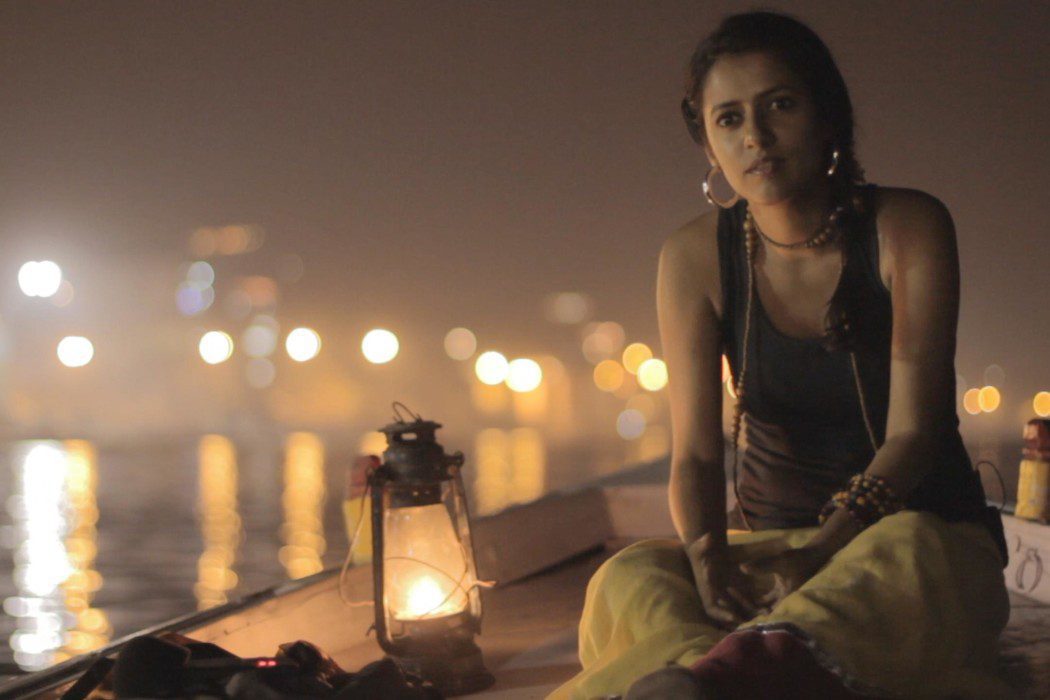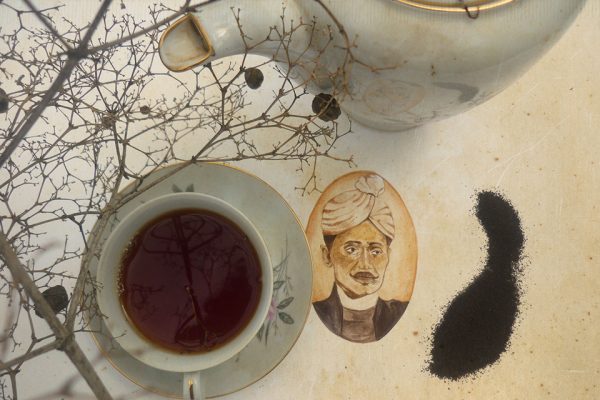After a long time Bollywood witnessed a soundtrack that is refreshingly original and well researched… songs that add to the screenplay and do not impede its flow. Meet the lady behind Gangs Of Wasseypur’s music, Sneha Khanwalkar.
How did Gangs of Wasseypur happen?
Anurag Kashyap offered me the film even before the script was finalised and the screenplay locked. I didn’t even look at the story; because I knew Anurag would allow me to experiment and break out of the mould of Punjabi folk music that I’d been cast into after ‘Oye Lucky! Lucky Oye!’
What kind of research went into making ‘Gangs of Wasseypur’?
It was lots of travelling to Bihar and Trinidad, where a big chunk of Biharis have settled down. Back in college, I had heard some cool music in a documentary about Indian labourers migrating to Trinidad. I chatted with the Indian diaspora online and booked my tickets to visit them. Patna, Darbhanga, Muzaffarpur, Gaya, Ranchi and Dhanbad are some of the places I went to in India. A Patna storekeeper gave us his friend’s number, who headed a school in Muzzafarpur. With him, we went to meet a couple of local singers and poets. Most of these Biharis have forgotten their traditional instruments like Dhantal, Dholak and harmonium which their contemporaries in Trinidad still use. Indian music has come a long way in a few hundred years and much of its character has been lost in the process. But the music of the Bihari community in Trinidad still retains the essential character. It is popularly called Chutney Music. Characterised by lots of high percussion and Bhojpuri lyrics, these songs are huge hits within the East Indian Caribbean community.
After the basic research, I got down to making music with Piyush Mishra’s lyrics and two songs from Varun Grover’s collection. They are a talented bunch, the two of them. Ek Bagal Mein Chaand Hoga, Ek Bagal Mein Rotiyan was originally written by Piyush bhaiya for his play staged in Delhi. We got him to render the song for the movie as well. It’s a strikingly beautiful song about blanketing oneself from moonlight with rotis, a lullaby that looks at a bright tomorrow. Piyush is a very cool singer too, by the way.
What sort of music can we expect from Part-2?
Lots of edgy beats. Sardar and Faisal are similar in lineage but their approaches to life and work are very different from each other. The music will help you understand it better. It will evolve, the records will get cleaner and the tunes more contemporary. But the authenticity and flavour will be prioritised above everything else.
How much involvement did Anurag Kashyap have in the music of the film?
We got a lot of time to ideate and debate on the sort of music we wanted to create. I had a lot of new suggestions and he reacted to them after a lot of thought. We never sat on each other’s head but he strung the songs together wonderfully. Frankly, he’s a great director to work with. I once called him at two in the morning to make him hear a song. And he didn’t hesitate. To see him jump around throughout the movie making process was such an inspiration for all his co-workers.
In Bollywood, women are getting roles as meaty as men. So why do you think we don’t have enough female composers?
I, myself, wonder why. I guess the role of a music director isn’t well defined. My relatives often ask me what exactly I do as a music director, whether I play the harmonium or source musicians. I guess it being more than a gender issue, it depends on how inclined you are towards music. If it satisfies you, super. Though I really hope more girls get inspired to take it up now.
Where did you train in music?
Mom’s family is into Hindustani classical music, Gwalior Gharana that is. My basic training happened there. So I almost grew up resisting it for some time because I thought it was very hardcore. But somewhere down the line, while doing art direction, I realised music is my calling.
Which was your first composition?
While studying in school, I had composed a song on Rahim’s doha (couplets). Everyone knows Rahim’s doha– I just composed them in my own way. When I came to Mumbai, I made Sukhwinder Singh hear it. He loved it and sang it in his own style. I have actually kept the scratch and will use it in my forthcoming films if I feel like.
MTV Sound Trippin’ has got rave reviews from all quarters. Tell us about your experience hosting the show?
In every episode, we explored one particular place and recorded sounds with the help of locals. Ultimately, we created a tune that illustrated their lifestyle and mirrored the personality and culture of the place. It was quite a cool experience. We had a difficult time letting go of greed, avoiding using all the sounds we found, because everything was so interesting. After the show, I keep telling our young musicians that you don’t have to be in a big city to make or upload music. Do your research and make viral videos. Another thing the show proved was that you can make a song out of any words. The music should be such that the audience can relate to it. Like it was interesting to hear positive reviews from Punjabis on Konkani songs. So I think that the listeners also need to be given a chance to listen and react. It was such a learning process, understanding my country’s music and what tickles the common man’s imagination.
Which Sound Trippin’ episode did you enjoy the most?
Meeting the Africans who migrated to India 400 years ago and settled down in Yellapur, Karnataka was quite an experience. They have absolutely no idea that their contemporaries back in Africa and America are known for swaying people to their beats. Or about their standing in the world in terms of music. But they were brilliant. It’s almost like they have it in their genes. And to think they would have never known about their talent had it not been for Sound Trippin’, really shook me up.
Has Sound Trippin’ changed the way you look at music?
You know, my approach to Bollywood has always been offbeat. Authenticity is my priority. So I end up doing a lot of research anyway. I’m a curious person by nature. Maybe the producers will like my work better because they have seen it and are not afraid of experimenting. But that’s the only difference I can see happening. Otherwise, I mostly work for my directors and not producers.
What has been the biggest challenge for you career as a music director so far?
I guess to give the right answer to ‘How is it being a female music director in Bollywood?’
Future Projects
I just finished working on Gangs of Wasseypur Volume 2. Next, I’m going to start working on Dibakar’s still untitled film which I don’t know if I should talk about.


